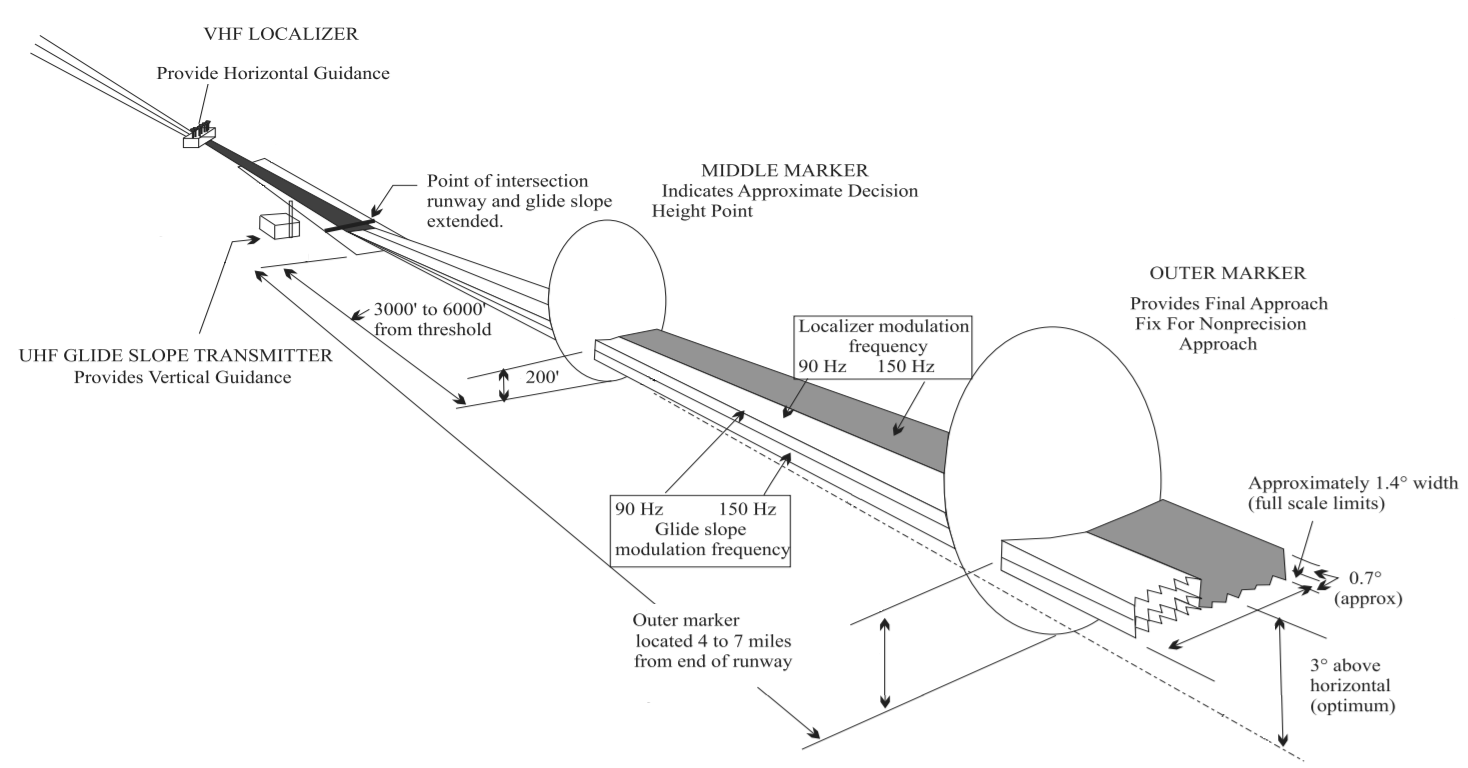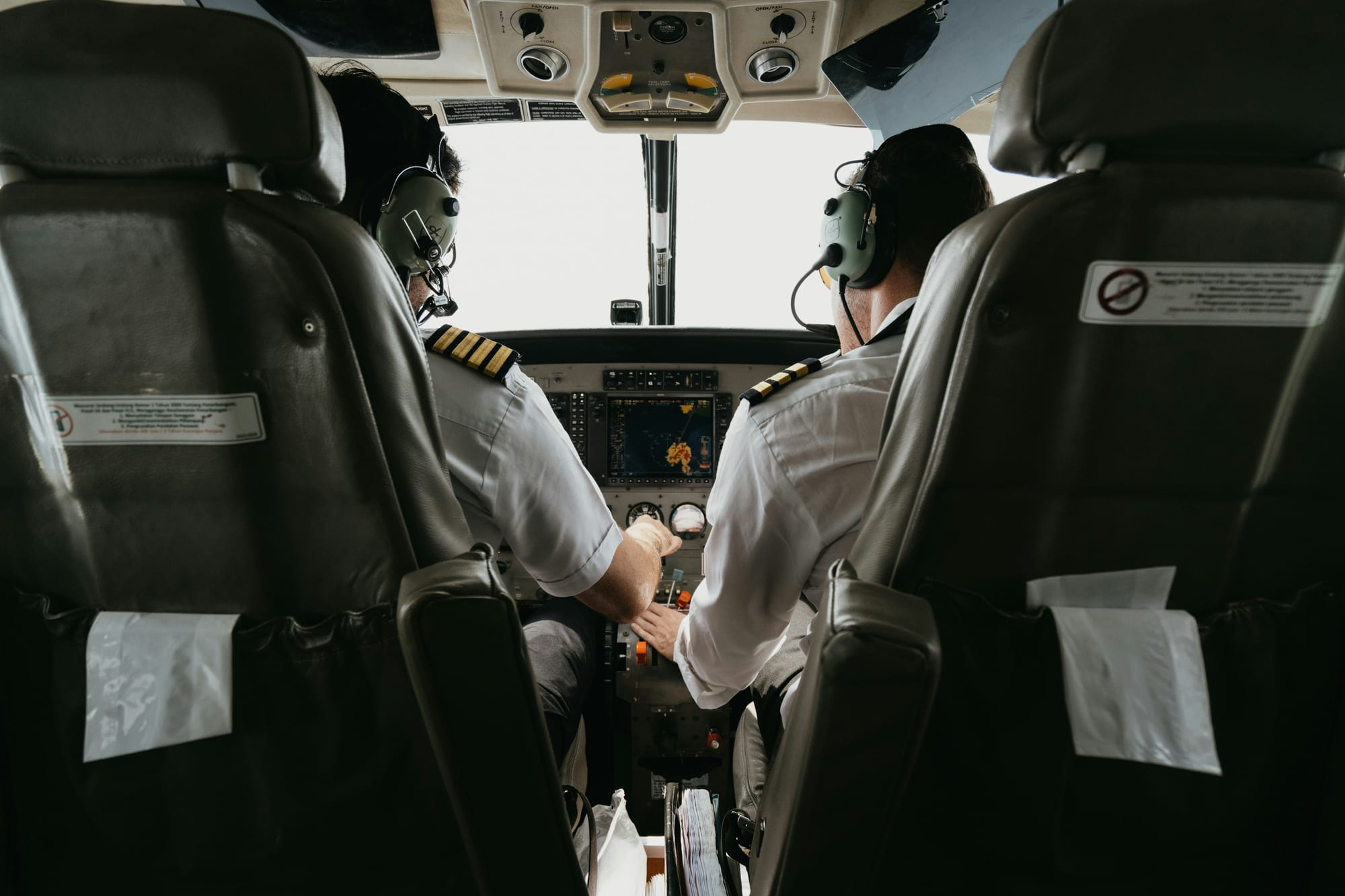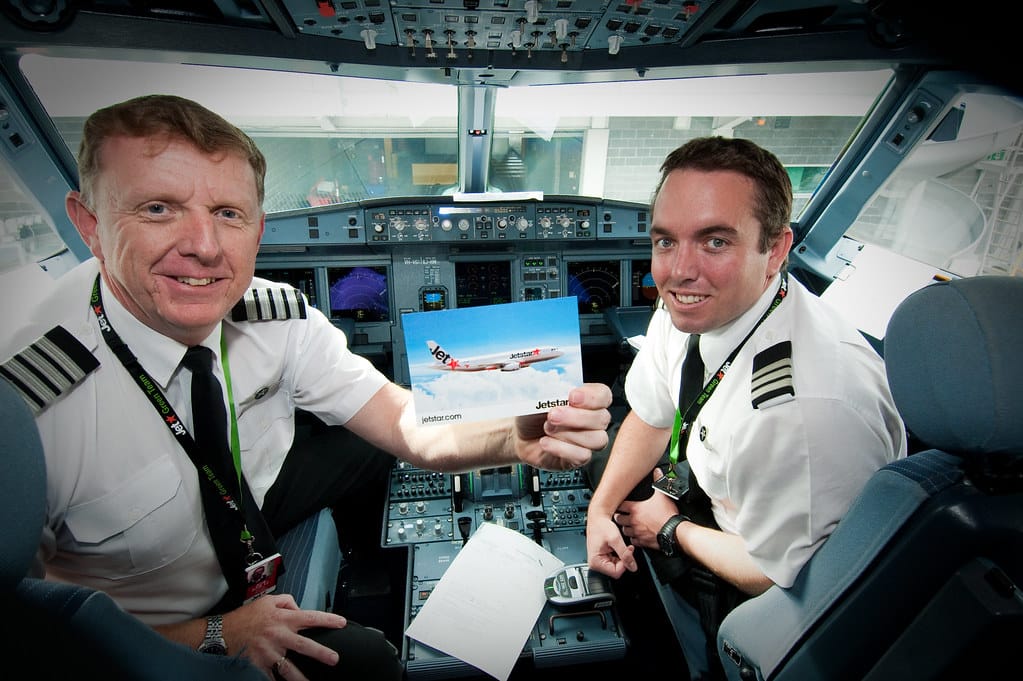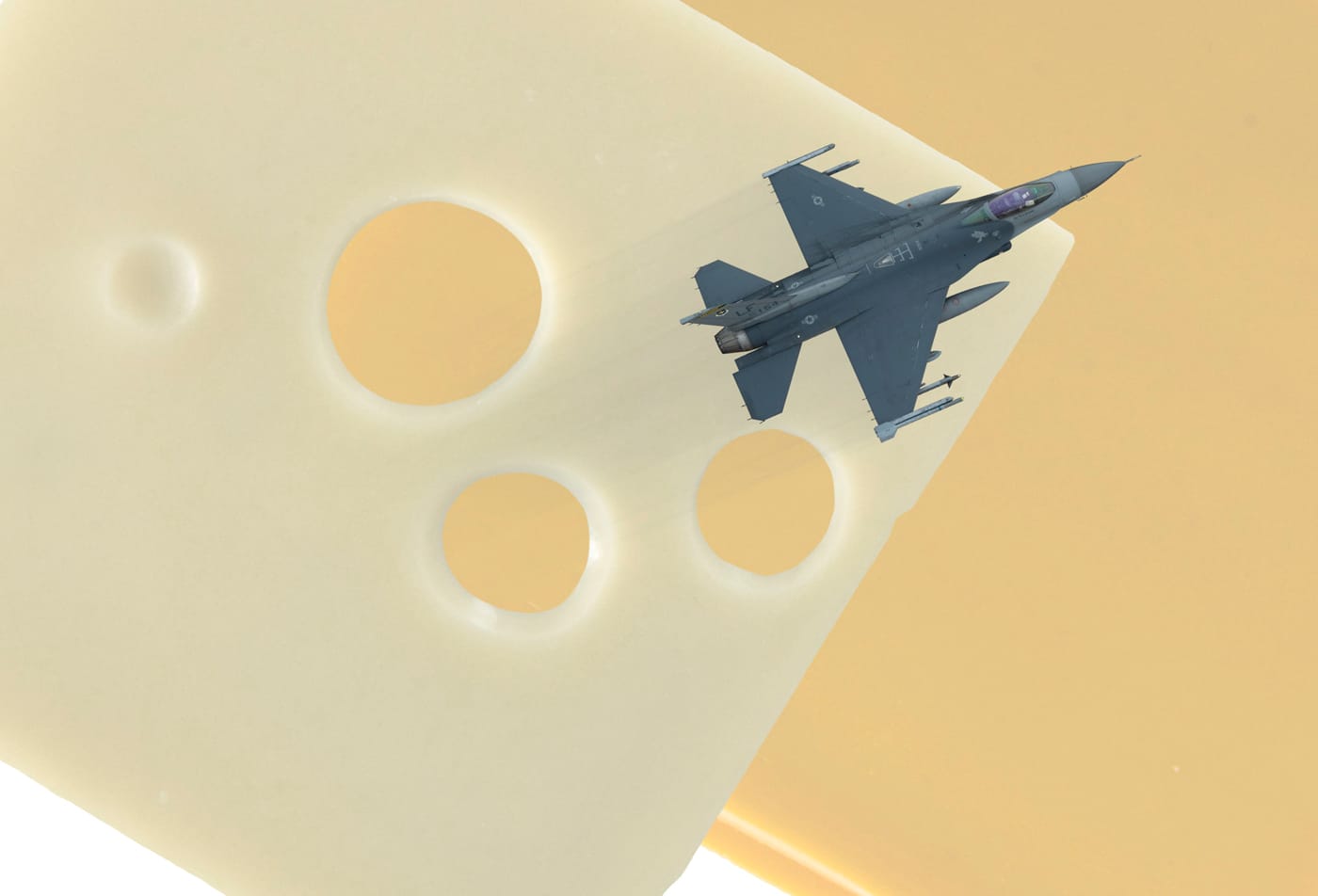The Magic of ILS: How Planes Land Safely When You Can’t See the Ground

Picture this: You're in a plane, cruising smoothly above the clouds, when suddenly, the weather turns. Thick clouds, heavy rain, and low visibility make it nearly impossible to see the runway. But don’t worry—your trusty Instrument Landing System (ILS) has got your back. It’s like a superpower for pilots that ensures they can land safely, even when the visibility is close to zero.
So, what exactly is ILS, and how does it work?
What is an Instrument Landing System?

At its core, the Instrument Landing System (ILS) is a system of radio signals and equipment designed to help pilots navigate their way to the runway when conditions are less than ideal. Think of it as a virtual “guiding light” that ensures aircraft approach the runway at the correct angle and position—without relying on the pilot’s ability to see the runway.
The ILS consists of two main components:
- Localizer: This part of the system helps pilots line up with the center of the runway. It sends out horizontal guidance signals that tell the pilot whether they need to steer left or right to stay aligned with the runway. Imagine a virtual runway centerline drawn just for you.
- Glide Slope: This provides vertical guidance, ensuring that the pilot descends at the correct angle toward the runway. The glide slope helps prevent the aircraft from descending too steeply or too shallow, both of which can be dangerous.
There’s also a third component—marker beacons—which help pilots determine their distance from the runway as they approach. However, with the advent and reliability of GPS, most marker beacons are being decommissioned in favor of GPS distance measuring.
How Does ILS Work?
When a pilot is preparing to land at an airport equipped with an ILS, they will tune their aircraft’s navigation equipment to the ILS frequencies for that runway. Once aligned, the aircraft starts receiving signals from the localizer and glide slope. The cockpit displays provide real-time data, and the pilot uses this to adjust the plane’s position and descent path. If everything’s functioning correctly, it’s like following a perfectly straight line down to the runway—no guessing, no surprises.
ILS systems typically have different categories based on how precisely they guide the aircraft, which range from Category I (the least precise) to Category III (the most precise). Category III is the real hero in low-visibility situations—it allows pilots to land in complete fog, with near-zero visibility.
The ILS in Action: A Lifesaver in Tough Conditions

Imagine you're flying into an airport on a foggy day, and the visibility is so poor you can’t see the runway at all. Without an ILS, pilots would have to rely on visibility alone, or they might even have to divert to another airport. But with ILS, the system ensures that the aircraft is guided down safely to the runway, even though the pilots might not be able to see it until just before touchdown.
This system is a game-changer in airports around the world, providing a safety net during the most challenging weather conditions. It’s why we can safely land aircraft in heavy rain, fog, or snow without a hitch.
Why Is ILS So Important?
The Instrument Landing System isn’t just a “nice-to-have” in modern aviation—it’s a must-have. With the rise in air traffic and the increasing complexity of weather patterns, having a reliable and precise system for landing is essential for safety. ILS provides pilots with confidence, reducing the chances of human error and ensuring that even in the worst weather, aircraft can land safely.
Not only does ILS save lives, but it also ensures that airports can remain operational in bad weather, keeping flights on schedule and reducing delays caused by poor visibility.
Final Thoughts
The Instrument Landing System might not be something you hear about every day, but it plays a pivotal role in keeping air travel safe and efficient. Whether it’s guiding a plane down through a cloud-covered sky or helping pilots land in thick fog, ILS acts as the invisible hand that ensures a smooth and safe arrival. So next time you’re flying, remember: behind the scenes, the ILS is working tirelessly to help bring you home.





